Let’s be honest. Your LinkedIn profile isn’t really yours, is it? It’s data on a server, subject to an algorithm’s whims, plastered with ads, and locked inside a digital silo. You’ve built that reputation, those connections, that entire professional identity—yet you have zero true ownership over it.
Well, a seismic shift is brewing. Imagine a professional world where your career history is a verified, portable asset you control. A network where connections mean something more than just a number. This isn’t a far-off dream. It’s the promise of decentralized professional networks, built on the backbone of blockchain and Web3.
What’s Broken with the “Walled Gardens” Anyway?
We all use the big platforms. They’ve become utilities. But the cracks are showing, and they’re more than just annoying.
For one, the data dilemma. These companies monetize your professional data—your skills, your job history, your network—to sell targeted advertising. You are the product, not just the user. Then there’s the issue of trust. How do you really know that person’s listed credential is legitimate? The system relies on self-reporting, which is, frankly, flimsy.
And portability? Forget it. Try moving your meticulously curated network and endorsements to a new, better platform. You can’t. You’re stuck. This lack of ownership creates a power imbalance that’s becoming harder to ignore.
Enter Web3: The Foundation for a User-Centric Web
Before we dive into the networks themselves, let’s quickly demystify the tech. Don’t worry, we’ll skip the overly technical jargon.
Think of Web3 as the next evolution of the internet. If Web1 was read-only (static web pages) and Web2 was read-write (social media, user-generated content), then Web3 is read-write-own.
The engine for this ownership is blockchain—a decentralized digital ledger. Its core principles are:
- Decentralization: No single company or entity controls the network. It’s run by a distributed community.
- Transparency & Immutability: Data, once recorded, is tamper-proof and verifiable by anyone.
- User Sovereignty: You control your digital identity and assets through cryptographic keys.
It’s like the difference between renting an apartment and owning a house. In Web2, you’re a tenant. In Web3, you hold the deed.
The Core Opportunities of Decentralized Professional Networks
So, how does this all translate into a better professional experience? The opportunities are, honestly, profound.
1. Self-Sovereign Identity and Verifiable Credentials
This is the big one. Instead of a profile on a corporate server, you have a digital identity wallet. Your degrees, work history, certifications, and project completions can be issued as verifiable credentials—think of them as digital badges that are cryptographically signed by the issuer (like a university or a former employer).
You can then choose to share these credentials with anyone, and they can instantly verify their authenticity without calling up your old boss. This nukes resume fraud and builds instant, inherent trust.
2. True Data Portability and Ownership
Your professional graph—the map of your connections, endorsements, and collaborations—becomes a portable asset you own. You can take it with you to any new decentralized network that emerges. This flips the script entirely. Platforms will have to compete to provide you with the best tools and experience to earn your presence, not just trap you there.
3. Tokenized Incentives and Community Governance
What if you could be rewarded for valuable contributions to a network? In a Web3 model, active participants might earn network tokens for things like mentoring, providing accurate skill endorsements, or creating great content.
These tokens could also grant governance rights, allowing you to vote on the future direction of the network. It transforms users from passive consumers into active, invested stakeholders.
4. Deeper, More Meaningful Connections
Connections could be represented as non-fungible tokens (NFTs). A “connection NFT” from a respected industry leader would carry more weight than a random link from a stranger. This recreates the value of a genuine, vetted introduction in the real world. It adds a layer of social proof that’s currently missing.
A Glimpse at the Emerging Landscape
This isn’t just theoretical. Projects are already building this future. While it’s early days, platforms like Karma, Kleoverse, and Lens Protocol (which is more social but has clear professional applications) are pioneering these models. They’re experimenting with on-chain resumes, tokenized reputations, and community-owned economies.
| Traditional Model | Web3 / Decentralized Model |
| Company-owned data silos | User-owned, portable data |
| Self-reported, unverified claims | Cryptographically verified credentials |
| Platform monetizes user data via ads | Users can monetize their own contributions |
| Centralized control and governance | Community-driven governance (often via tokens) |
| Network effects lock users in | Composability allows data to move freely |
Not Without Hurdles, Of Course
Let’s not get carried away. The path to mainstream adoption is paved with challenges. The user experience of managing crypto wallets and private keys is still a major barrier for the average professional. Scalability and transaction costs on some blockchains are a real concern. And, crucially, we need widespread adoption from credential issuers—universities, certification bodies, and corporations—for the verification system to reach its full potential.
Regulatory clarity is also… well, let’s call it a work in progress. But these are growing pains, not dead ends.
The Future is a Portfolio of Possibilities
So, what does this all mean for you? In the near future, your professional identity might not live on one platform. It might be a dynamic portfolio of verifiable credentials, tokenized reputations, and meaningful connection NFTs that you control. You’ll showcase different aspects to a potential employer, a client for a freelance gig, or a DAO (Decentralized Autonomous Organization) you want to contribute to.
The shift is from building a profile on a platform to curating an asset you own. It’s a move from renting your digital self to finally holding the keys. The walls of the garden are beginning to crumble. The question is, what will you build in the open space that remains?
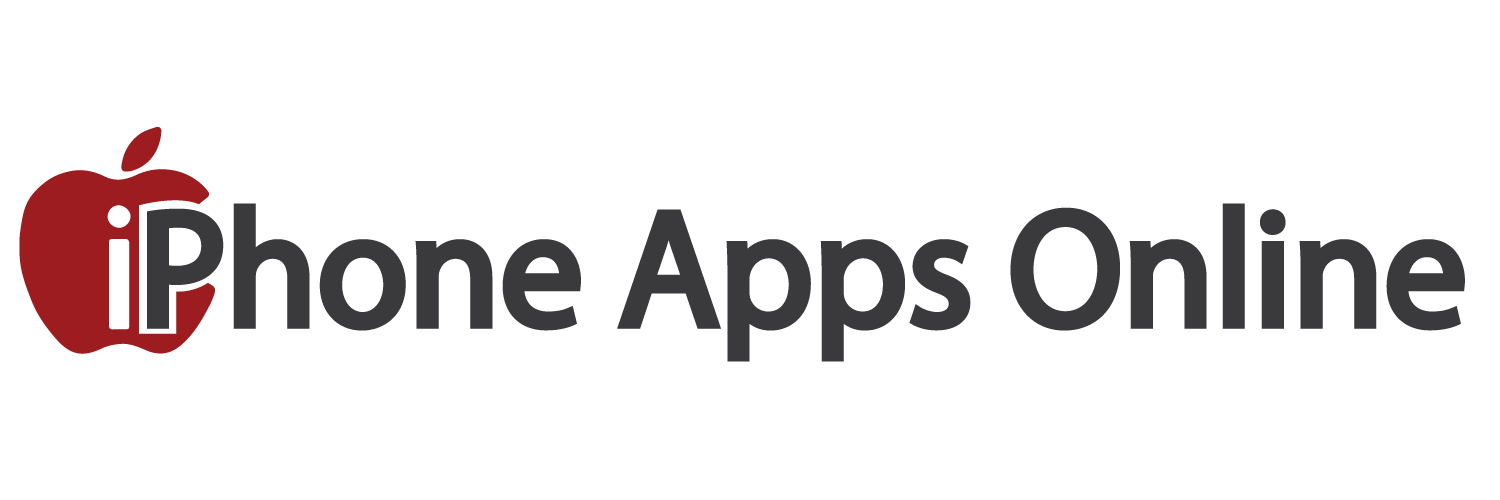
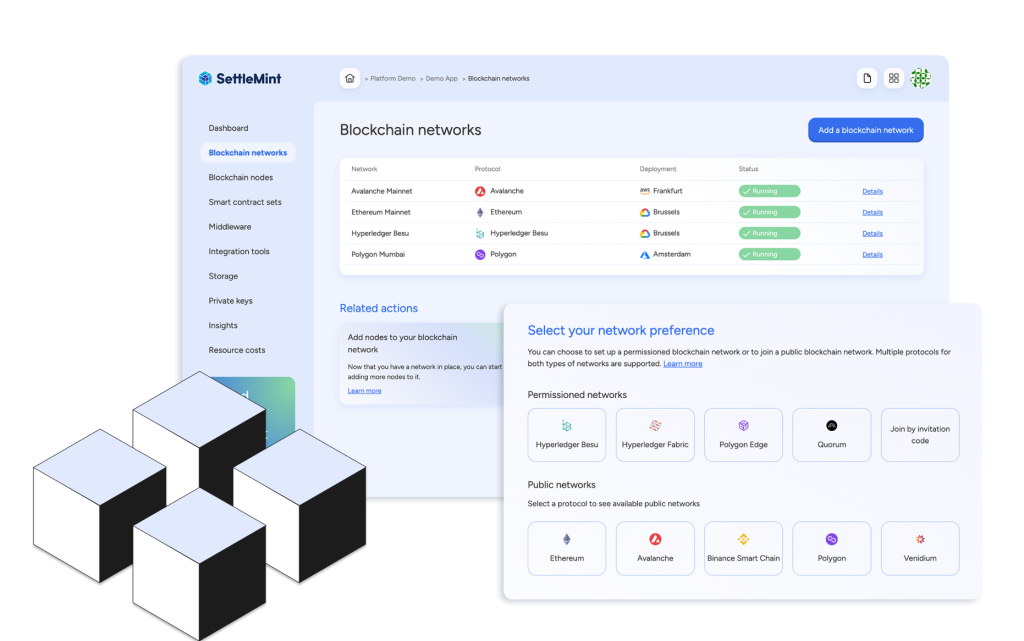
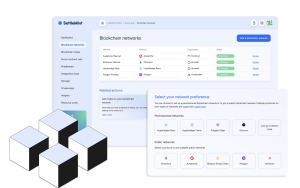
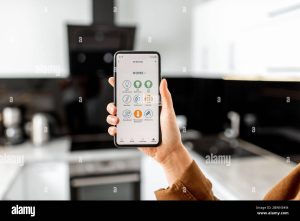
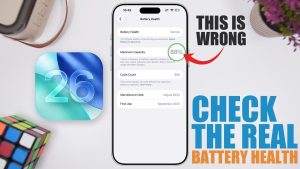

More Stories
How Introverts Can Build Authentic Connections in Digital Networking
Mastering Virtual Networking: Tips for Building Strong Online Connections
How to Check Internet Speed